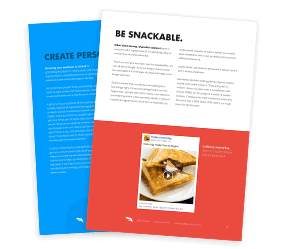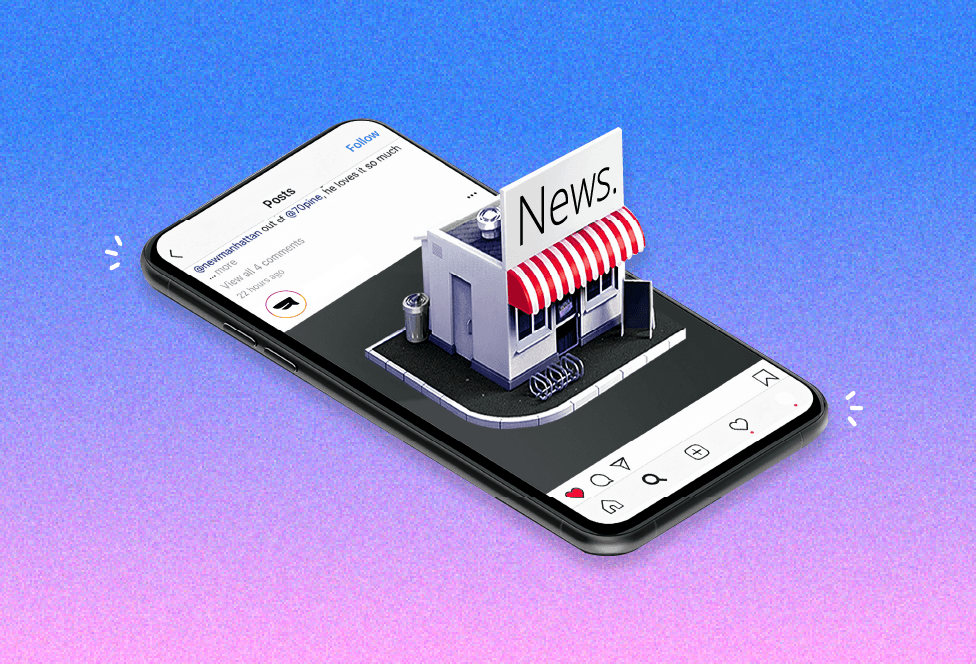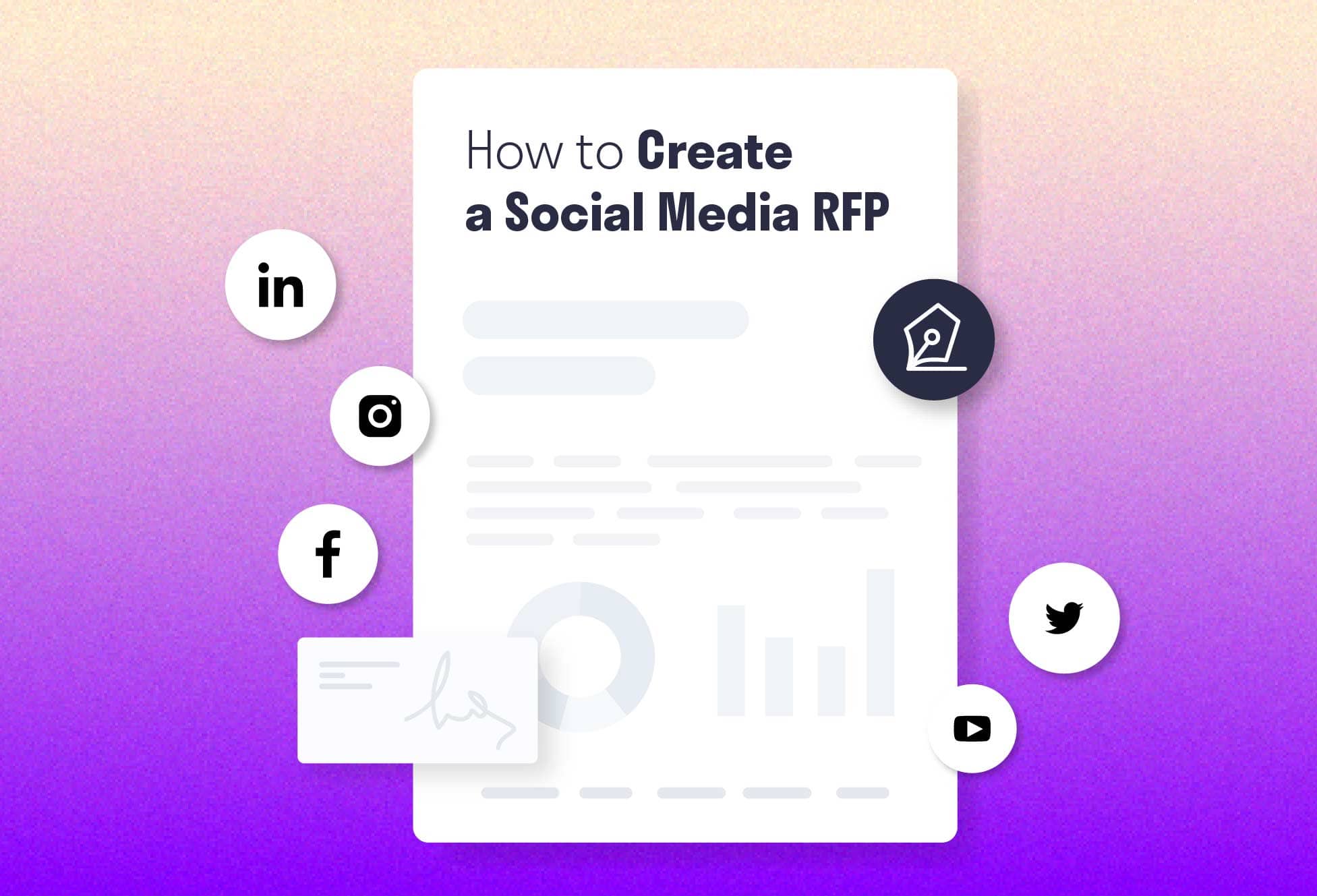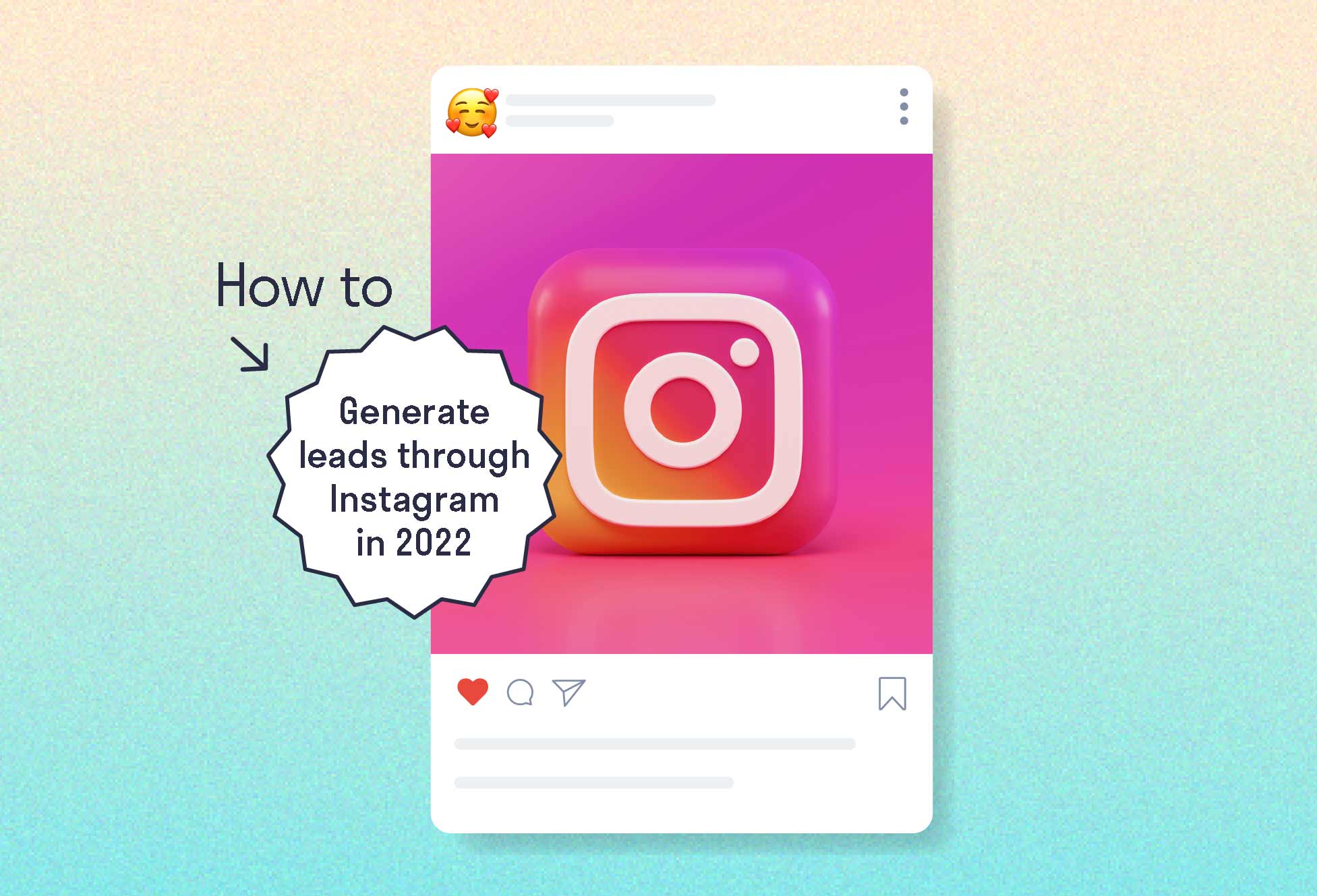Buzzfeed, one of the most data driven companies out there, built a tool to measure exactly how people are sharing its content.
With the tool they built, POUND (Process for Optimizing and Understanding Network Diffusion), they can track the path of sharing from an initial post across the all possible touchpoints on social media.
They say the way people share content resembles a “forest,” rather than a tree. There are multiple original sharers of content from different networks, and the content gets shared back and forth across social, email and other channels.
For Buzzfeed, having a handle on this stuff is a huge business advantage, considering that 75% of its 200 million monthly users come in via social.
By knowing more about how content spreads, how it is shared from person to person, and by studying the content sharing patterns from post to post, they have a better opportunity to optimise a post for shareability. It helps them distribute and promote content better as well.
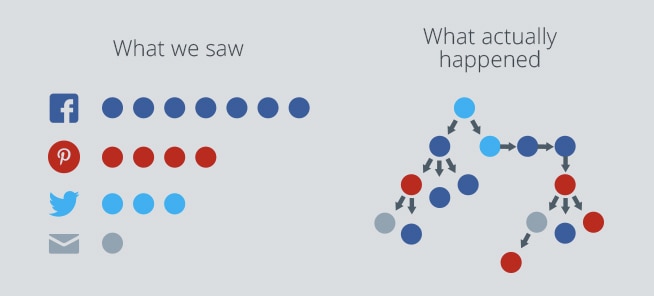
Buzzfeed noted that content sharing is not necessarily linear
Lessons from “The Dress”
To demonstrate the capabilities of the tool, Buzzfeed’s data scientists took a look at one of their more infamous recent posts: The Dress. The data showed that the post got over 52 million total views, 8.6 million of which were generated by the original Facebook post, and almost a million of which by the original Twitter posts.
What their tool also told them was that a huge amount (roughly 3/4ths) of that traffic originating from the Twitter posts did not end up coming in directly from Twitter. Basically, they tweeted about the dress, and those tweets were shared both again on Twitter and across different channels including email and other social networks. In all that sharing, 215 thousand people ended up coming in directly from Twitter, 700k+ from elsewhere. The dynamic was similar across other networks.
In other words, this data could tell a more detailed, even a different story from social media metrics alone. If a tweet of yours gets five thousand retweets, but then those retweets lead to 25 thousand additional shares on Facebook (shares which could be separate from the audience that would have seen content you posted directly to Facebook), maybe adding additional sponsored tweets is more valuable than the original numbers indicate in terms of the kind of audience it could reach.
Understanding the exact flow of content would be extremely valuable to any brand. Unfortunately, Buzzfeed’s tool is proprietary (though there’s always the possibility they’ll end up licensing the data to brands). Even without access to Buzzfeed’s tool, there are lessons to be learned for brands that want their content to be shared enthusiastically across networks.
Consumption and sharing happen differently now
In a social / digital landscape with a very high content-to-attention ratio, brands, and their content, need a certain adaptability in terms of channels if they are going to reach their optimal effectiveness.
Buzzfeed has realized this, and it’s one of the reasons they are the envy of a number of media brands. Buzzfeed creates extremely engaging content that will work across multiple channels. They optimise for different networks, but they are pretty agnostic about just which networks those are.
Why?
Posted by BuzzFeed on Saturday, May 16, 2015
Relevantly, they are a pilot partner in Facebook’s Instant Article program, in which entire articles will live within the Facebook mobile app.
While they don’t necessarily have to imitate Buzzfeed, brands may do well to reexamine their content strategies from a similar perspective.
If brands want to maximize the impact of their content across channels, to take full advantage of the “forest” of sharing, they should be aiming to create content that is designed for the way people share now—in several directions.
Shareable, snackable, adaptable
We recently looked at how Mondelez does content, both on owned and paid channels, and it does a good job of managing this. They have a strong focus on “snackable,” shareable content, especially shorter form videos. In 2014, they created 130 pieces of video content that worked across multiple channels, racking up an impressive 12 million views across all of them.
In this, it is still crucial to optimize for particular networks—we’ve seen how much Facebook prioritizes natively posted videos. And there will always be room for creative campaigns tied to a specific network.
But ultimately, in a landscape where attention is harder to get and audiences are fragmented, brands need to create content that can stand on its own, engage audiences and drive sharing no matter where it’s seen.
Photo Credit: Brian Burt
